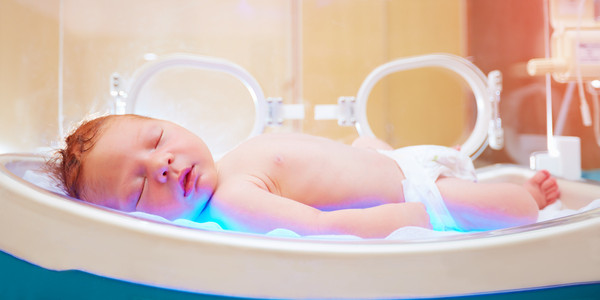Researchers from a start-up company called Vincent’s Solutions, based at the University of California (UC) Merced, have developed a special blanket – not to help babies sleep – but to decrease ventilator-associated pneumonia cases in premature newborns whose lives depend on the delicate environment inside a neonatal intensive care incubator.
Instead of wrapping the infant, the silicon blanket is designed to be wrapped around the tubes that deliver warm, humidified air into the incubator at an even temperature. The blanket reduce condensation, which can become a breeding haven for infectious bacteria.
Paul Barghouth, a UC Merced’s Quantitative and Systems Biology Program graduate student, assisted the research team in developing the device, and then co-founded the start-up to market the blanket as soon as possible.
“We’re trying to cut the problem off before it even starts by reducing the possibility the infections will occur,” Barghouth said in a press release from UC Merced.
Previously, researchers have focused primarily on reducing ventilator-associated pneumonia by changing the humidifying itself – a device that keeps the air moist and warm enough for the infant’s premature lungs. Barghouth and his team did the same but also developed a humidifier that provided a more constant heat delivery that reduced the risk of the babies’ lungs becoming too dry.
That’s when the team realized that the problem was in the tubes that bring the air from the humidifier reservoir into the incubator.
“No one was really looking at the role of the tubes in contributing to infection,” Barghouth explained. “But the tubing is where a lot of the problems are occurring because that’s the direct link from the humidifier to patient.”
The transport process through the tubes drops the air temperature, causing condensation or ‘rain out’ inside, which then creates a fertile environment inside the tubes for bacteria to grow. When the tubes are contaminated with bacteria, the baby breaths the bacteria into its lungs.
The research group then devised a silicon blanket to contain heating wires that when wrapped around the tubes allows the air to sustain a constant temperature. In laboratory tests, the device was capable of eliminating virtually all condensation within the tubes, which led the team to begin the process of patenting the technology and acquiring seed funding to fashion prototypes.
It’s a simple solution that could have a significant impact in the very lives of the hospitals’ tiniest, fragile patients.
Ventilator-associated pneumonia cases are found in many neonatal intensive care units across the U.S. which costs the hospitals thousands of dollars and can lead to dangerous complications for neonates.
“Yes, our heating blanket is simple, but it’s an elegant fix,” Barghouth said. “[it is] one that can save hospitals money and significantly improve outcomes for these vulnerable patients.”


